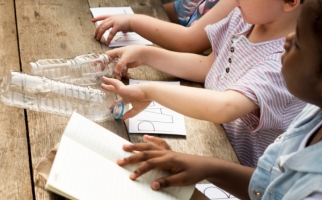
Sorting & Classifying
Teaching STEM
The process of sorting involves grouping objects or events according to their similarities whereas the process of classifying involves grouping objects or events into pre-determined groups.
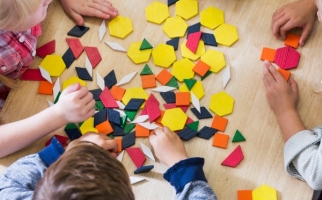
Comparing & Contrasting
Teaching STEM
Comparing and contrasting are ways of looking at things to determine how they are alike and how they are different.
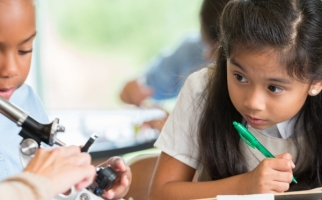
Recording Data
Teaching STEM
The skill of recording data involves the documenting of data and observations in a variety of forms in order to preserve it for later use.

Analyzing & Interpreting
Teaching STEM
Analyzing data is a process of looking for patterns in data that has been collected through inquiry and figuring out about what the patterns might mean. Interpreting the data is a process of trying to explain the patterns that were discovered.
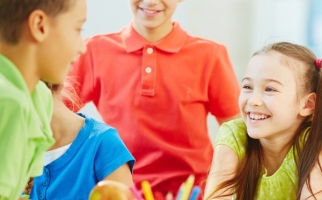
Using Appropriate Vocabulary
Teaching STEM
The skill of using appropriate vocabulary involves exploring new vocabulary in context and developing the ability to use vocabulary to communicate thinking and learning.
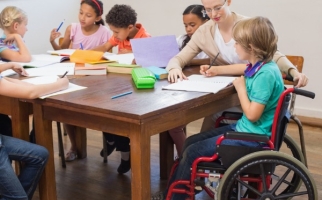
Reflecting
Teaching STEM
Reflecting is a process whereby students use critical thinking skills to look back on a learning experience in terms of things that went well and areas where there may be room for growth/change.
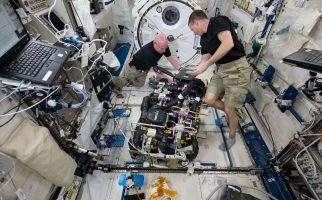
Carbon Dioxide on Earth and on the ISS
Backgrounders
Carbon dioxide is an important part of the air on Earth and in space. What is carbon dioxide? How is it measured? How can it affect us mentally and physically?
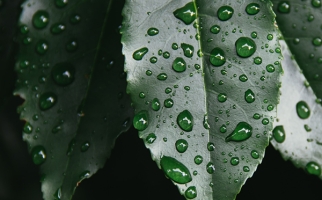
Needs of Plants
Backgrounders
Plants have specific needs - light, air, water, nutrients, and space - to survive and reproduce.
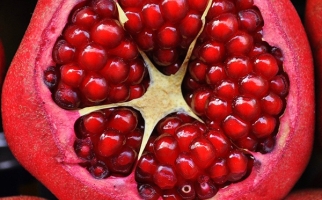
Plant Reproduction
Backgrounders
Learn about pollination and other forms of sexual reproduction in plants. And did you know that plants can also reproduce asexually?
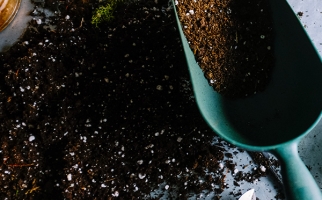
What is Soil?
Backgrounders
Learn about soil, soil texture and the various layers of soil.

Infographic Creator
Teaching STEM
This strategy helps students communicate data and information through the creation of infographics.
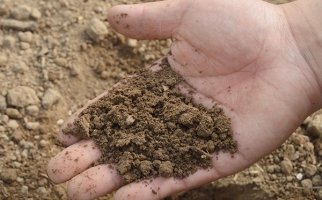
What is soil made of?
Lessons
Students will explore the composition and characteristics of different local soils and learn about what makes soil healthy.
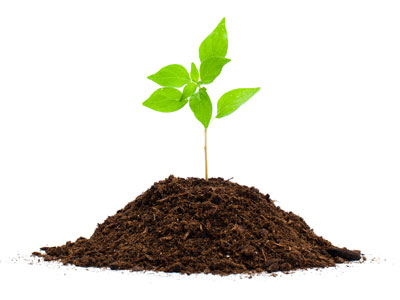
What makes soil hard and compacted?
Hands-on Activities
Explore how walking on soil changes how water soaks into the ground and why that matters to gardeners and farmers.
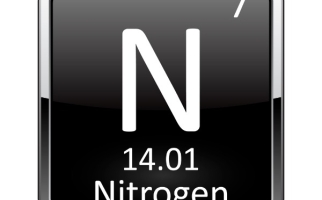
Understanding the Nitrogen Cycle
STEM Explained
What is the nitrogen cycle? How do human activities such as using fertilizer affect the nitrogen cycle? How can this cause greenhouse gases?

Vocabulary Preview
Teaching STEM
This strategy helps students to become familiar with vocabulary before reading or viewing unfamiliar material.